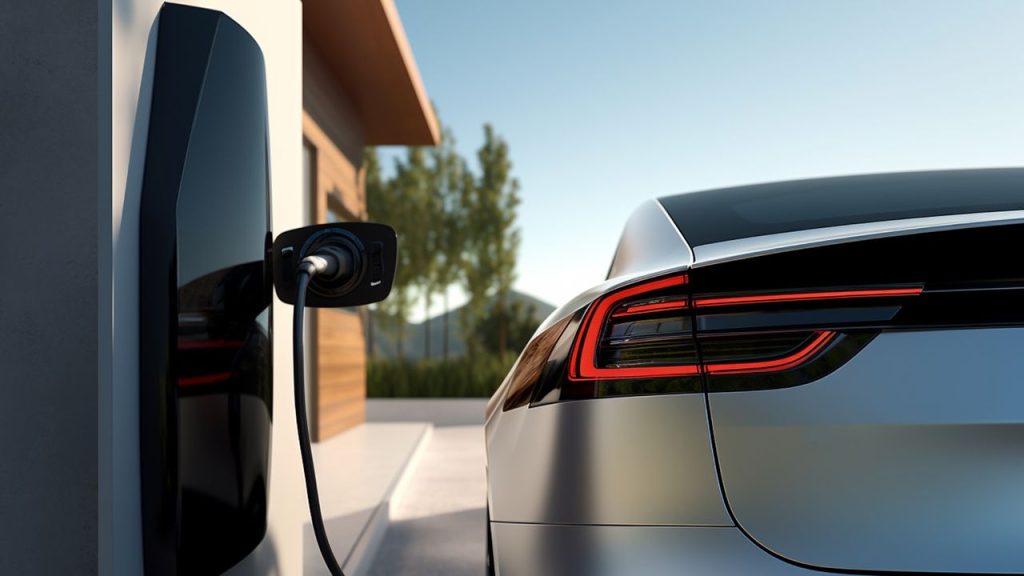Types of Electric Vehicles (EVs): Battery Electric Vehicles (BEVs) vs. Plug-in Hybrid Electric Vehicles (PHEVs)
Electric vehicles (EVs) have made significant advancements in recent years, offering a cleaner and more sustainable mode of transportation. With the growing concern for environmental issues and the need to reduce carbon emissions, EVs have become increasingly popular among consumers. There are two main types of electric vehicles: Battery Electric Vehicles (BEVs) and Plug-in Hybrid Electric Vehicles (PHEVs). Each type has its own unique features and benefits, catering to different needs and preferences.
Battery Electric Vehicles (BEVs)
Battery Electric Vehicles, also known as BEVs, are fully electric vehicles that rely solely on a battery for power. These vehicles do not have an internal combustion engine and produce zero tailpipe emissions. Instead, they are powered by an electric motor, which is driven by a large battery pack.
One of the key advantages of BEVs is their long-range capability. With advancements in battery technology, BEVs can now travel longer distances on a single charge. The battery capacity of BEVs has significantly improved over the years, allowing drivers to go further without the need for frequent recharging.
BEVs are considered pure electric vehicles, as they do not have a backup gasoline engine. This means that they do not rely on fossil fuels for operation, making them a greener alternative to traditional gasoline-powered vehicles. BEVs are not only environmentally friendly but also cost-effective in the long run, as they require less maintenance and have lower fuel costs compared to internal combustion engine vehicles.
Plug-in Hybrid Electric Vehicles (PHEVs)
Plug-in Hybrid Electric Vehicles, or PHEVs, combine the benefits of both electric and gasoline-powered vehicles. PHEVs have an electric motor and a battery pack, similar to BEVs, but they also have a backup gasoline engine. This allows PHEVs to operate in two modes: electric mode and hybrid mode.
In electric mode, PHEVs rely solely on the electric motor and battery power. This mode is ideal for short commutes and city driving, where the vehicle can take advantage of its battery capacity and produce zero emissions. PHEVs also have the ability to switch to hybrid mode when the battery charge is depleted or when additional power is required. In hybrid mode, the gasoline engine kicks in, providing extended range and eliminating range anxiety.
PHEVs offer the flexibility of both electric and gasoline power, making them a suitable choice for those who may have concerns about limited charging infrastructure or long-distance travel. The ability to switch between electric and hybrid modes provides drivers with peace of mind, knowing that they have a backup power source available when needed.
Conclusion
Both Battery Electric Vehicles (BEVs) and Plug-in Hybrid Electric Vehicles (PHEVs) have their own set of advantages and cater to different needs. BEVs are pure electric vehicles with a long-range capability, relying solely on a battery for power. PHEVs, on the other hand, offer the flexibility of both electric and gasoline power, providing extended range and eliminating range anxiety. Ultimately, the choice between BEVs and PHEVs depends on individual preferences, driving habits, and access to charging infrastructure.


